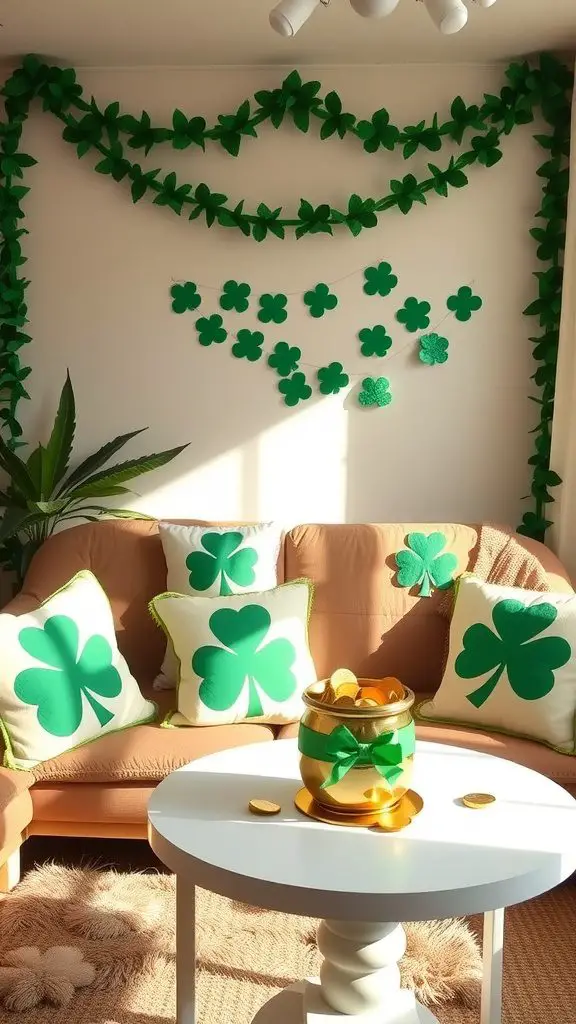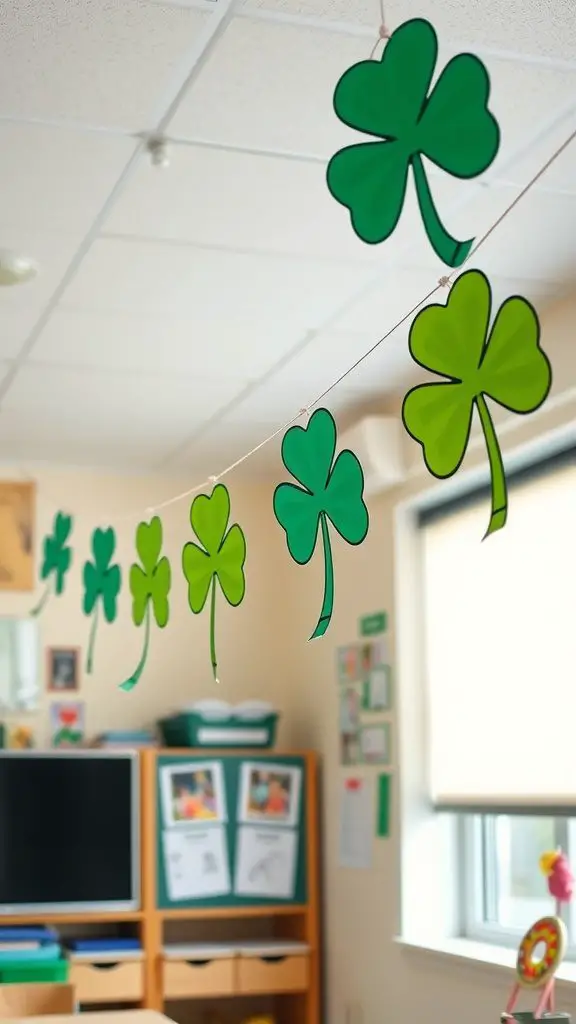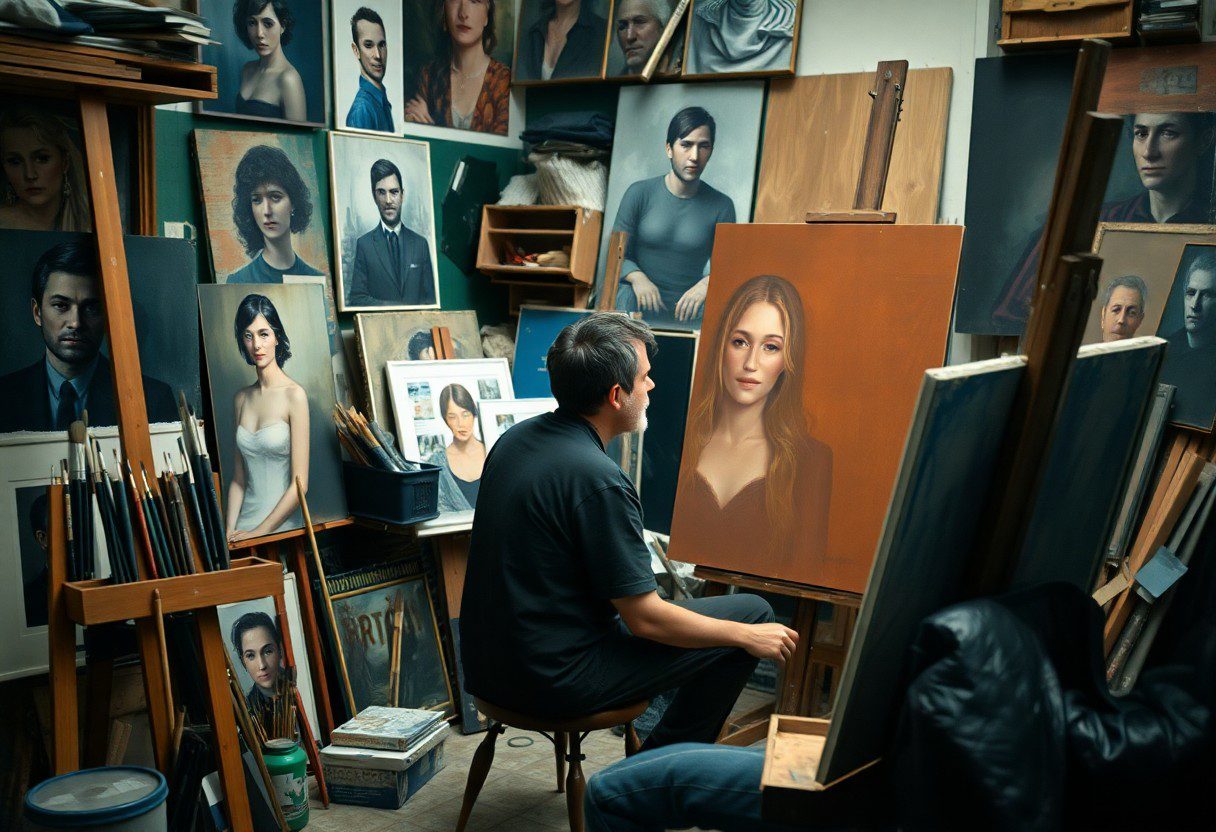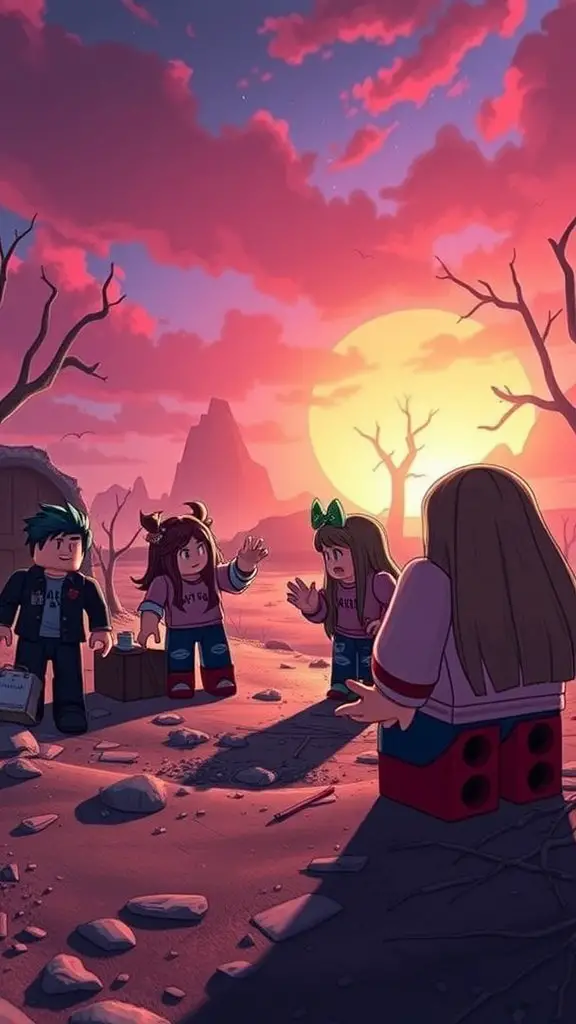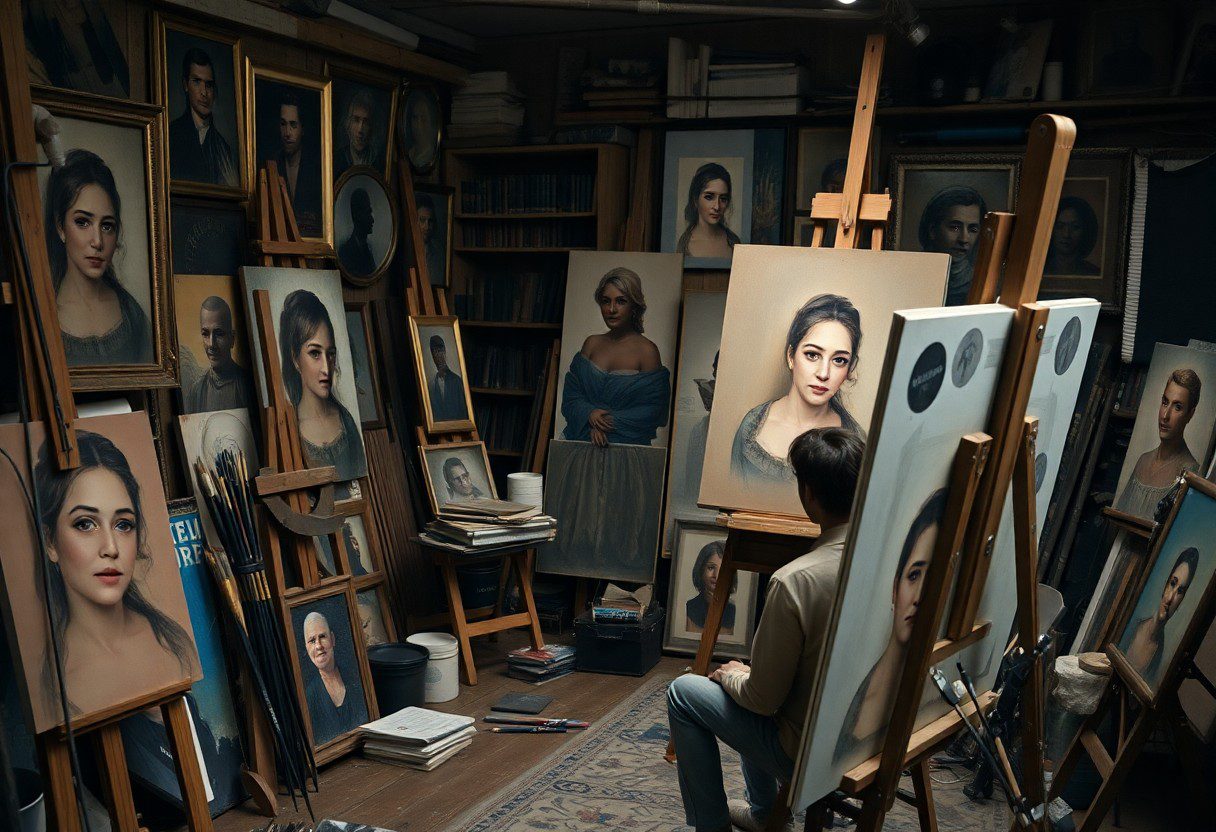Portrait painting can often feel overwhelming, as you navigate the complexities of capturing human emotion and likeness. In this post, you will explore common challenges that arise during the creative process—ranging from composition and color selection to understanding light and shadow. By addressing these issues head-on, you can enhance your skills and find a more fulfilling approach to your art. Whether you’re a beginner or seeking to refine your technique, this guide will empower you to tackle obstacles and unlock your creative potential.
Understanding the Creative Process
While the creative process may often feel mysterious, it follows a structured path that can help you navigate the challenges of portrait painting. By comprehensively understanding each phase, you can enhance your artistry and bring your vision to life. Embracing these steps will empower you to tackle obstacles and find solutions, making your creative journey both fulfilling and productive.
Stages of Artistic Development
About your artistic journey, each stage of development offers invaluable lessons that help refine your skills. As you progress, you’ll encounter unique challenges and breakthroughs that contribute to your overall growth. By understanding these stages, you can better appreciate your evolution as an artist and become more adept at overcoming hurdles.
The Role of Inspiration
Stages of inspiration can be a driving force behind your artwork, influencing your style, subject matter, and creativity. Recognizing sources of inspiration in your surroundings can fuel your passion for portrait painting and lead to profound artistic expression. You can draw ideas from various aspects of life, including nature, personal experiences, or even fellow artists.
To tap into the wellspring of inspiration, immerse yourself in diverse experiences that resonate with you. Visiting art galleries, engaging in conversations, or simply observing the world around you can ignite your creative spark. Keep a sketchbook handy to capture fleeting ideas or emotions, ensuring that your inspiration morphs into tangible art. Acknowledging and nurturing your sources of inspiration will ultimately enhance your portrait painting journey.
Common Challenges Faced by Portrait Painters
There’s a multitude of challenges that portrait painters encounter, each demanding a unique set of skills and approaches. From capturing the essence of a subject to managing your own creative expectations, you may find yourself grappling with both technical and emotional hurdles. Understanding these common obstacles can prepare you for a more fulfilling painting experience.
Technical Difficulties
About technical difficulties, many portrait painters struggle with accurately rendering proportions, lighting, and anatomy. Mastering these elements can often feel overwhelming, particularly when you aspire to convey genuine emotion and personality through your work. Developing your technical skills is necessary for overcoming these challenges and achieving the likeness you desire.
Emotional and Psychological Barriers
Common emotional and psychological barriers can hinder your creative flow, leading to self-doubt and frustration. These feelings often arise from the pressure to achieve perfection or to capture a likeness that meets your own high expectations. You may also wrestle with fear of judgment from others, which can stifle your artistic expression.
Psychological barriers can manifest in various ways, such as perfectionism or fear of failure, ultimately affecting your confidence and enjoyment in portrait painting. You might find yourself second-guessing your choices or hesitating to take risks that could elevate your work. Identifying and addressing these emotional challenges is vital, as it allows you to cultivate a more supportive creative environment, empowering you to explore and express your unique artistic voice without fear.
Strategies for Overcoming Challenges
Even the most seasoned portrait painters face obstacles during their creative journeys. To navigate these challenges effectively, you can implement various strategies, such as setting small, achievable goals, experimenting with different techniques, and surrounding yourself with a supportive community of fellow artists. These methods can help you regain focus, bolster your creativity, and ultimately enhance your portrait-painting skills.
Developing Skills Through Practice
Beside finding techniques that resonate with you, consistent practice is important for honing your portrait painting skills. Engaging in regular painting sessions, experimenting with different portraits, and replicating works from other artists can significantly improve your abilities over time. The more you paint, the more you will understand the nuances of your own style and develop strategies to express your artistic vision effectively.
Finding and Maintaining Inspiration
Any artist knows that inspiration can fluctuate, making it challenging to stay motivated. To maintain a steady flow of creativity, explore various sources, such as nature, art books, and other artists’ works. Engaging in conversations with peers and immersing yourself in diverse cultures can also reignite your passion for portrait painting.
In fact, cultivating a habit of keeping an inspiration journal can be particularly effective. Record ideas, sketches, or even quotes that strike a chord with you. Set aside time for activities that stimulate your creativity, such as visiting galleries, attending workshops, or taking walks outdoors. By consistently seeking inspiration from different avenues, you will foster an environment where your artistic spirit can thrive, ensuring that your portrait painting remains an exciting and fulfilling pursuit.
The Importance of Feedback and Critique
For artists, seeking feedback and critique is a significant part of the creative process. Engaging with constructive insights can reveal blind spots in your work and help you grow as a portrait painter. Constructive critiques not only strengthen your skills but also encourage you to explore new techniques and perspectives, ultimately enhancing your artistry.
Constructive Criticism
Before sharing your work, allow yourself to be open to constructive criticism. This form of feedback is geared towards your growth; it highlights areas for improvement while still acknowledging your strengths. Embrace the insights provided by peers or mentors to refine your craft and elevate your portrait painting skills.
Engaging with Other Artists
Around you, a community of fellow artists can offer invaluable perspectives on your work. By engaging with other artists, you create opportunities for collaborative learning and exploration. Exposure to different styles and methods can ignite inspiration and push you to innovate, all while receiving diverse feedback to hone your painting technique.
Criticism from your peers can serve as a springboard for your artistic growth. When you immerse yourself in an environment where creativity flourishes, not only do you gain new techniques, but you also cultivate a supportive network. Sharing your work and discussing it with fellow artists opens you up to diverse viewpoints, enabling you to refine your style and approach while finding encouragement in your endeavors.
Embracing Mistakes as Learning Opportunities
Despite the initial frustration that mistakes can evoke, embracing them as part of your creative journey in portrait painting can significantly enhance your skills. Mistakes often reveal unique insights into your technique, prompting you to explore new ideas and approaches. When you shift your mindset from viewing errors as failures to seeing them as valuable experiences, you foster a more experimental and open environment for growth in your artistic practice.
The Value of Imperfection
Below the surface of every perceived flaw lies a lesson waiting to be discovered. Embracing imperfection in your work allows for a more authentic expression of your artistry. Oftentimes, these imperfections can lend character and depth to your portraits, making them more relatable and engaging to viewers. Accepting that not every stroke will be perfect opens doors to your unique voice as an artist.
Experimentation in Portrait Painting
Any artist can benefit from exploring new techniques and mediums in portrait painting. This willingness to experiment can lead to unexpected discoveries and personal breakthroughs, pushing you outside your artistic comfort zone. Engaging in different styles, tools, or color palettes can transform your approach and enhance your creativity, ultimately resulting in more dynamic and compelling artwork.
And as you venture into experimentation, consider setting aside specific sessions dedicated solely to trying out different methods. This focused exploration can help you develop new skills and find innovative ways to express your subjects. By allowing yourself the freedom to make mistakes, you will not only cultivate your technical abilities but also dial into your intuition, which is necessary for creating impactful and resonant portraits. Embrace this playful mindset and watch how it enriches your journey as a portrait artist.
Building Resilience in the Creative Journey
After facing challenges in your portrait painting, cultivating resilience is key to navigating the creative process. Embrace setbacks as opportunities for growth, and understand that every artist encounters difficulties. By developing a mindset that values perseverance, you will not only improve your skills but also nurture your passion for painting, transforming obstacles into stepping stones toward artistic expression.
Coping with Creative Blocks
Creative blocks can disrupt your flow and hinder your work, leaving you feeling stagnant. Acknowledge these blocks as a natural part of the artistic journey. Give yourself permission to step back, experiment with different techniques, or seek inspiration from other artists. Engage in activities outside of painting, allowing your brain to recharge and reconnect with your creativity.
Maintaining Artistic Motivation
Behind every successful artist lies a strong sense of motivation that fuels their creative process. Establishing a routine that incorporates dedicated time for practice will help you stay focused on your portrait painting goals. Surrounding yourself with a supportive community, setting realistic milestones, and celebrating small victories can also inspire you to stay committed to your craft.
Due to the demands of daily life and the pressures of perfectionism, maintaining motivation in your artistic practice can be challenging. It is necessary to cultivate a supportive environment that encourages exploration and personal expression. By surrounding yourself with fellow artists, seeking feedback, and engaging in regular self-reflection, you can reignite your passion for painting while sharpening your skills. Set achievable goals and reward yourself for progress; this approach not only fosters motivation but also reinforces your commitment to your creative journey.
Final Words
Presently, navigating the challenges in the creative process of portrait painting requires a blend of perseverance, practice, and adaptability. You may encounter obstacles such as self-doubt or technical difficulties, but it is vital to embrace these moments as opportunities for growth. As you refine your skills and develop your style, stay open to experimentation, allowing your artistic voice to flourish. By maintaining a positive mindset and continually seeking improvement, you will find greater satisfaction and success in your portraiture journey.
FAQ
Q: What are some common challenges artists face when starting a portrait painting?
A: Artists often encounter challenges such as achieving likeness and capturing the subject’s personality. They may struggle with proportions, where the facial features don’t align correctly. Additionally, lighting and shadow can complicate capturing depth and dimensionality in the portrait. Overcoming these initial hurdles requires practice and an understanding of anatomical structures.
Q: How can an artist improve their skills in capturing likeness in a portrait?
A: To enhance the ability to capture likeness, artists can engage in regular life drawing sessions, study anatomy, and practice painting from photographs and live subjects. Techniques such as grid drawing can help with accurate proportions. Artists should also take time to analyze their references closely and break down facial features into basic shapes and forms, which can facilitate a more accurate representation.
Q: What techniques can help manage the emotional hurdles that come during the portrait painting process?
A: Emotional challenges, such as frustration and self-doubt, can be managed through mindfulness practices and maintaining a positive mindset. Setting smaller, achievable goals can help artists stay motivated. Taking breaks to step away from the canvas can also provide clarity. Engaging in conversations with fellow artists or joining critique groups can offer support and valuable feedback that can alleviate feelings of isolation.
Q: How important is color choice in the portrait painting process, and what are some strategies for selecting colors?
A: Color choice plays a vital role in conveying mood and character in portrait painting. Artists can study color theory to understand how different hues complement each other. A useful strategy is to create a color palette based on the subject’s skin tones and features, using a limited color set to maintain harmony. Conducting color swatches on a separate canvas provides insight into how colors interact with one another before applying them to the portrait.
Q: What are effective methods for evaluating and refining a portrait during the painting process?
A: Artists can step back from their work regularly to gain a fresh perspective, which helps identify areas needing adjustment. Taking photographs of the artwork at different stages can also reveal issues that might not be noticeable in person. Seeking feedback from peers or mentors can provide constructive critiques. Additionally, utilizing a mirror to view the painting can create the distance necessary to see problems and develop solutions effectively.
